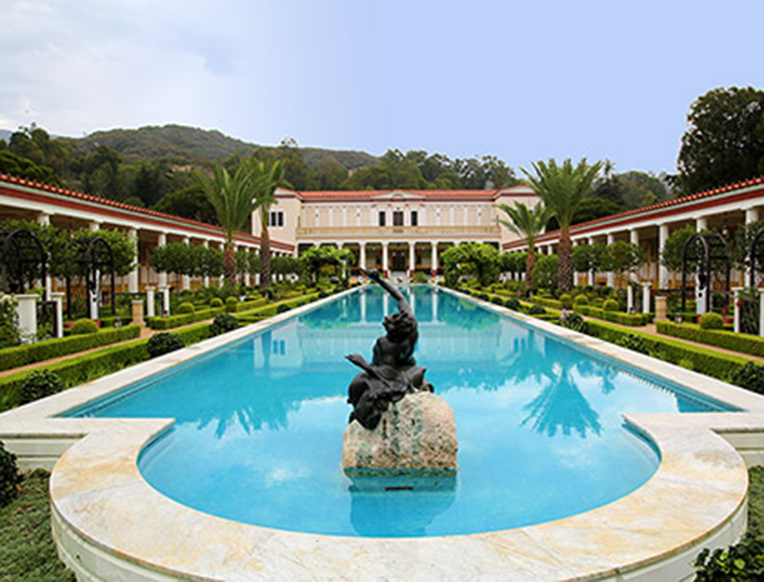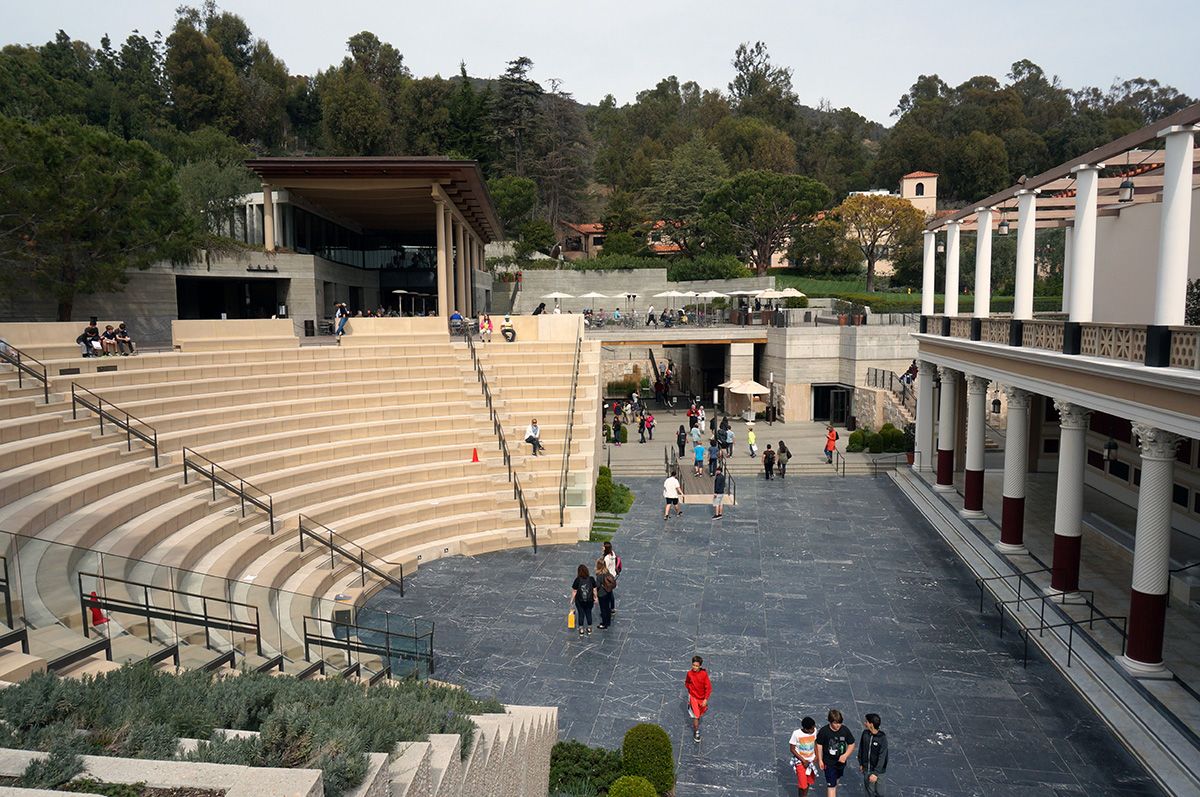The Getty Villa
Modeled after a Roman country house, housing antiquities
Modeled after a Roman country house, housing antiquities





























"While the Getty Villa is now probably lesser known than its hilltop counterpart, the Getty Center, it is actually the first Getty property and the original site of patron J. Paul Getty's obsessive collection of Greek and Roman artifacts. Getty built the Villa as a second museum to house his artifacts after his own home, just up the hill on the same site, ran out of space. The Villa closed in 1997 as attention was redirected toward the newly constructed Getty Center, and was not re-opened until 2006 after a stunning and lauded refurbishment and expansion by architects Machado & Silvetti. The campus also boasts extensive gardens and a good restaurant which serves beer and wine. Even if you aren't partial to ancient cups and trinkets, or a marble bust or two, the Getty Villa is worth visiting for the architecture, setting, and restaurant alone. Visiting the museum is free, though reservations are required and parking is $15." - No Style Studio

"A must-see museum that is beautiful and free. It's a great introduction to the museums of LA." - Michael He

"An art museum famous for its Greek and Roman collection, still threatened by the fires but remains stable aside from hot spots."

"The museum’s grounds have caught fire during the wildfire, though museum officials say the collections are currently safe." - Matthew Kang

"A museum focusing on ancient art and antiquities with garden settings and indoor galleries that provide a tranquil winter cultural outing." - Lauren Dana Ellman Lauren Dana Ellman Lauren Dana Ellman is a New York-based writer and editor who specializes in travel, lifestyle, food, and shopping content. Travel + Leisure Editorial Guidelines